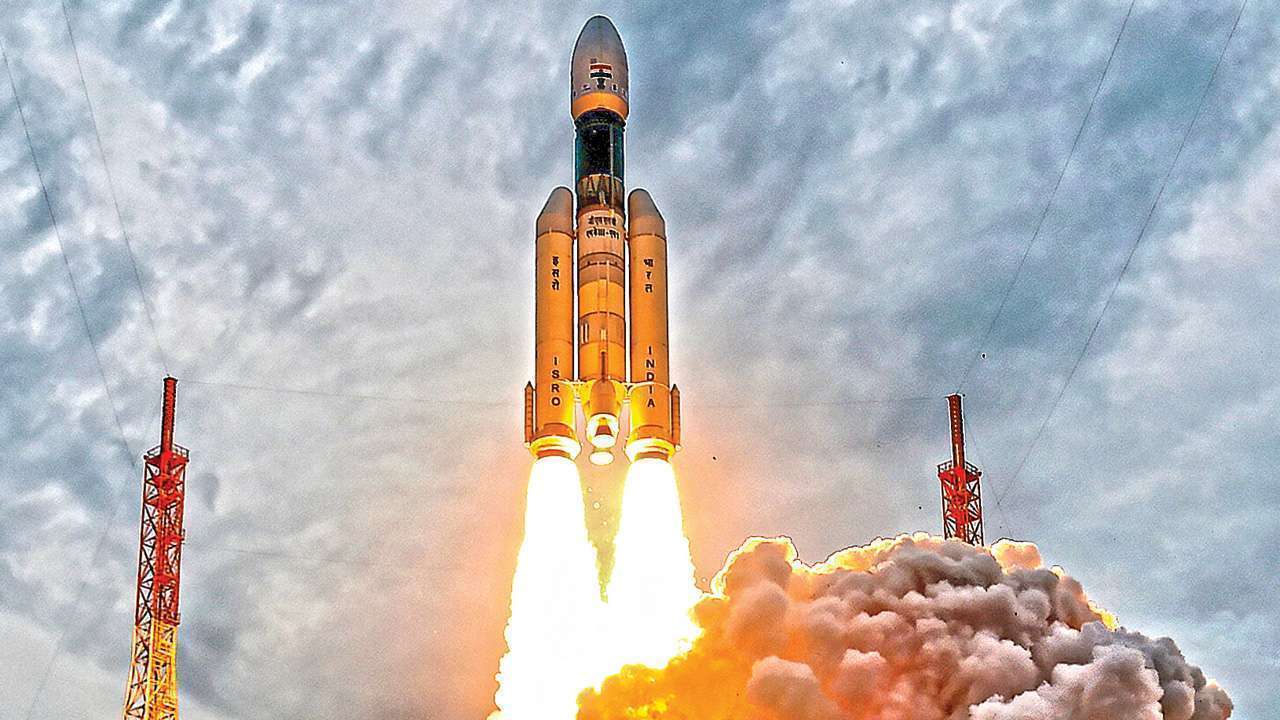Aerospace
Countdown for historic launch of Isro’s heaviest rocket begins
Rocket will carry for the first time commercial satellites as the primary cargo weighing over 5,400kg

On Saturday at 12:07 a.m., the countdown for the historic launch of Isro-largest NSIL’s rocket, the GSLV MkIII (LVM-3), which will carry for the first time commercial satellites as the primary cargo weighing over 5,400kg, began. OneWeb, a global satcom business, is planning to launch 36 tiny broadband communication satellites with the help of Bharti-Airtel during the night in between Saturday and Sunday at 12.07 am.
SABRE a rocket engine designed to power aircraft directly into space..!(Opens in a new browser tab)
The rocket and satellite systems will be examined during the countdown. The rocket’s fuel will also be filled. India typically uses the GSLV rocket to launch its geostationary communication satellites. It was given the name Geosynchronous Satellite Launch Vehicle as a result (GSLV). The third generation rocket is referred to as GSLV MkIII.
In order to provide communication services, the satellite company intends to build a constellation of 650 satellites in LEO. With this launch, OneWeb will have 462 satellites in its constellation, which is more than 70% of what is needed to provide satellite-based internet access globally.
The satellite-based internet service will be offered in India by Bharti, a significant OneWeb shareholder, through a distribution agreement with Hughes Communications.
How Does In-Flight Wi-Fi Really Work?(Opens in a new browser tab)
Two contracts for the launch of the broadband satellites in LEO have been signed with OneWeb by the commercial arm of Isro, NewSpace India Ltd (NSIL). The OneWeb satellites had previously been sent into orbit by Russian rockets from the Baikonur spaceport. OneWeb opted to switch to using Isro rockets for the launches in protest against the Ukraine war rather than continuing to use Russia’s launch services.

Aerospace
Boeing Transfers Rocket Stage to NASA, Paving Way for Human Moon Mission

Boeing has achieved a significant milestone by providing NASA with the second core stage of the Space Launch System (SLS) rocket.
This crucial component, crafted at NASA’s Michoud Assembly Facility (MAF), is set to propel the Artemis II crew into lunar orbit, marking humanity’s return to deep space after a 50-year hiatus.
The monumental Boeing-built rocket stage, the largest element of the Artemis II mission, will embark on a journey aboard the Pegasus barge, traveling 900 miles to NASA’s Kennedy Space Center.
Comparison of two legendary aircraft B777x vs B747 aircraft:Click here
Upon arrival, it will be meticulously integrated with other essential Artemis II components, including the upper stage, solid rocket boosters, and NASA’s Orion spacecraft within the iconic Vehicle Assembly Building. This intricate integration process is a vital step toward the eagerly anticipated Artemis II launch, slated for 2025.
“Boeing-built products helped land humankind on the moon in 1969, and we’re proud to continue that legacy through the Artemis generation,” remarked Dave Dutcher, vice president and program manager for Boeing’s SLS program. “Together, with NASA and our industry partners and suppliers, we are building the world’s most capable rocket and paving the way to deep space through America’s rocket factory in New Orleans.”
NASA, Lockheed Martin Reveal X-59 Quiet Supersonic Aircraft:Click here
The delivery of Core Stage 2 marks a significant achievement in the evolution of the SLS rocket. Towering over 200 feet and powered by four RS-25 engines, this core stage, coupled with two solid-fueled booster rockets, will generate a staggering 8.8 million pounds of thrust. This immense power is crucial to launching Artemis II and future missions into the vast expanse of space.
The SLS rocket stands unparalleled in its capability to transport both crew and substantial cargo to the moon and beyond in a single launch. Its extraordinary capacity will facilitate the delivery of human-rated spacecraft, habitats, and scientific missions to destinations including the moon and Mars, ushering in a new era of space exploration.
-

 Travel1 week ago
Travel1 week agoAir India to Expand US Operations with Three New Routes After a Decade
-

 Travel2 weeks ago
Travel2 weeks agoWhy We Should Avoid These Stamps in a Passport
-

 Airlines1 month ago
Airlines1 month agoInvestigations Reveal Fake Chinese Titanium in Boeing and Airbus Jets
-

 Tech4 weeks ago
Tech4 weeks agoChina’s CATL Plans 1,800-Mile Electric Plane Launch by 2027
-

 Airport3 days ago
Airport3 days agoTop 10 Largest Airports in the World by Size
-

 Aerospace4 weeks ago
Aerospace4 weeks agoChina’s Fighter Jets Turn Wings into Autonomous Drones
-

 Airlines4 days ago
Airlines4 days agoAir India Rolls Out A350s for Delhi-New York JFK and Newark Routes
-

 Defence3 weeks ago
Defence3 weeks agoBoeing Enhances Chinook with New Engines and Block II Upgrades at $96 Million







